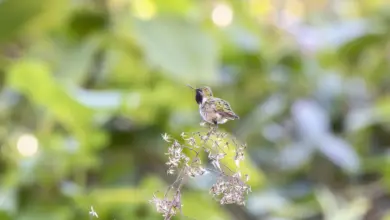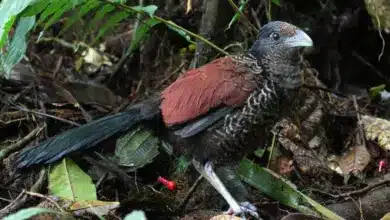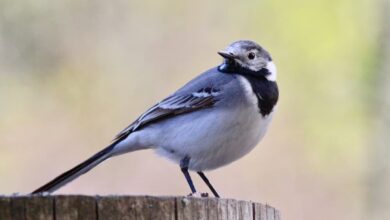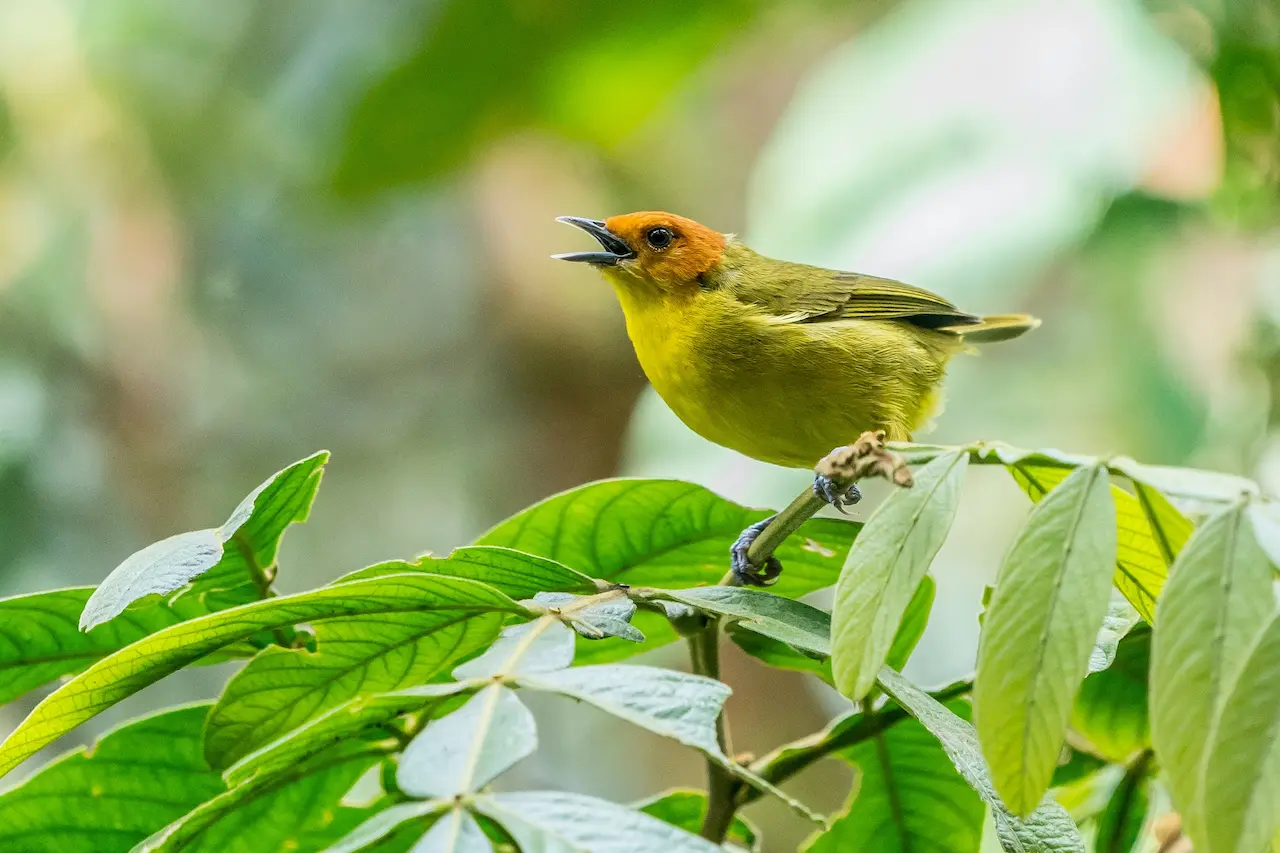Great Saphirewings – Hummingbirds
The Great Saphirewings (Pterophanes cyanopterus) – also known as Paramo Sapphirewing, Temminck’s Sapphirewing or simply Sapphirewing – is a South American hummingbird that occurs naturally in Bolivia, Colombia, Ecuador, and Peru. They inhabit subtropical or tropical moist montanes.
Subspecies and Distribution:
- Pterophanes cyanopterus cyanopterus (Fraser, 1840) – Nominate Race
- Found in the eastern Andes of north-central Colombia (Santander, Cundinamarca).
- Pterophanes cyanopterus caeruleus (Zimmer, 1951)
- Found in Colombia, in central Andes (south of Tolima) and extreme southwestern Andes (Nariño).
- Found in Ecuador, Peru, and northern Bolivia.
Alternate (Global) Names
Spanish: Alizafiro Grande, Colibrí Aliazul, Gran Colibrí … Italian: Alazaffiro , Colibrì di zaffiro … French: Ailes de saphir, Colibri à ailes saphir, Colibri de Temminck, Paramo … German: Blauflügelkolibri, Blauflügel-Kolibri … Czech: Kolibrík modrokrídlý, kolib?ík modrok?ídlý … Danish: Safirvinge … Finnish: Sinisiipikolibri … Japanese: ruribanehachidori … Dutch: Saffiervleugelkolibrie … Norwegian: Safirvingekolibri … Polish: Szafiroletek, szafirolotek …Russian: ???????????? ??????? … Slovak: zafíroletka andská … Swedish: Safirvinge
Hummingbird Resources
- Hummingbird Information
- Hummingbird Amazing Facts
- Attracting Hummingbirds to Your Garden
- Hummingbird Species
- Feeding Hummingbirds
Description
The Great Saphirewings is one of the largest hummingbirds in the world – only the Topaza hummingbirds and the Giant Hummingbird are larger. It is bigger than any of the other hummingbirds within its range. It averages 15.5-17.5 cm (6-7 in) in length and weighs around 10 grams.
The plumage is mostly an iridescent green – except for the sapphire-colored wings. Its scientific name is derived from Greek referring to its “bright wings” and “blue wings”.
The female looks similar to the male but can be identified by her pinkish-brown underplumage.
Nesting / Breeding
Hummingbirds are solitary in all aspects of life other than breeding, and the male’s only involvement in the reproductive process is the actual mating with the female. They neither live nor migrate in flocks, and there is no pair bond for this species. Males court females by flying in a U-shaped pattern in front of them. He will separate from the female immediately after copulation. One male may mate with several females. In all likelihood, the female will also mate with several males. The males do not participate in choosing the nest location, building the nest, or raising the chicks.
The female Great Saphirewings is responsible for building the cup-shaped nest out of plant fibers woven together and green moss on the outside for camouflage in a protected location in a shrub, bush, or tree. She lines the nest with soft plant fibers, animal hair, and feathers down, and strengthens the structure with spider webbing and other sticky material, giving it an elastic quality to allow it to stretch to double its size as the chicks grow and need more room. The nest is typically found on a low, thin horizontal branch.
The average clutch consists of two white eggs, which she incubates alone, while the male defends his territory and the flowers he feeds on. The young are born blind, immobile, and without any down.
The female alone protects and feeds the chicks with regurgitated food (mostly partially digested insects since nectar is an insufficient source of protein for the growing chicks). The female pushes the food down the chicks’ throats with her long bill directly into their stomachs.
As is the case with other hummingbird species, the chicks are brooded only the first week or two and are left alone even on cooler nights after about 12 days – probably due to the small nest size. The chicks leave the nest when they are about 20 days old.
Diet / Feeding
The Great Saphirewings primarily feed on nectar taken from a variety of brightly colored, scented small flowers of trees, herbs, shrubs, and epiphytes.




